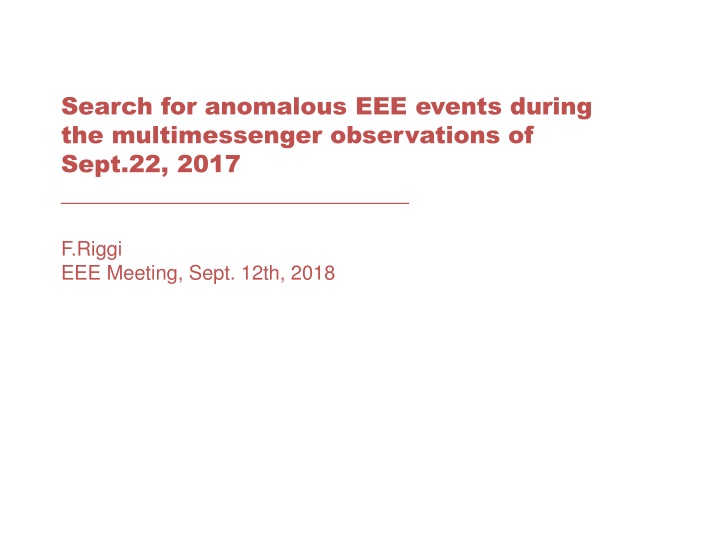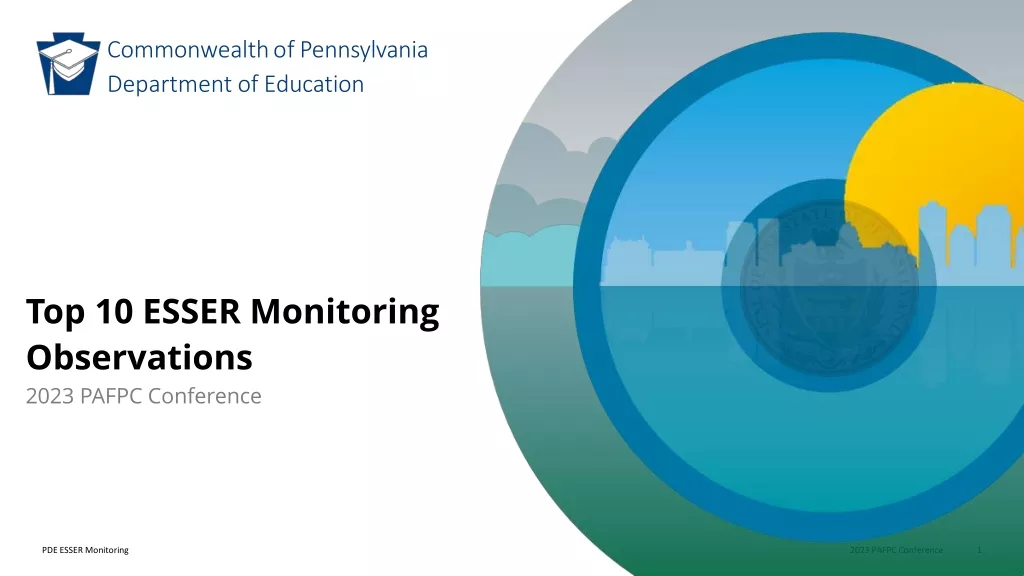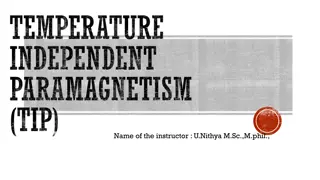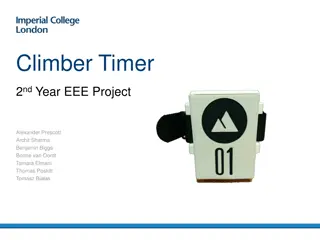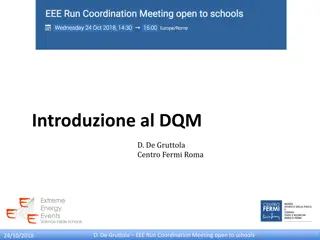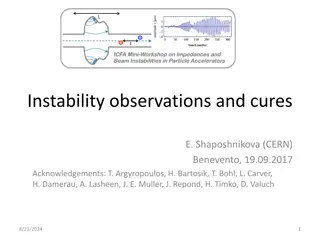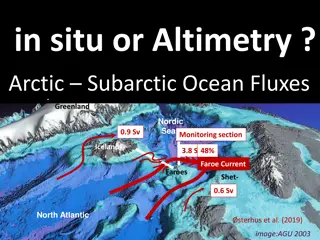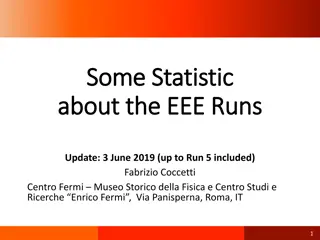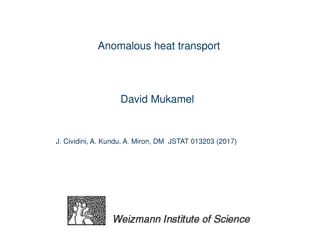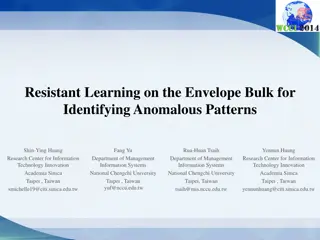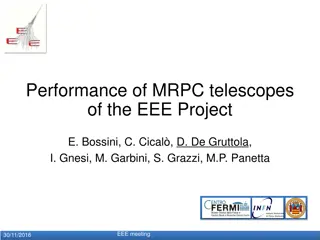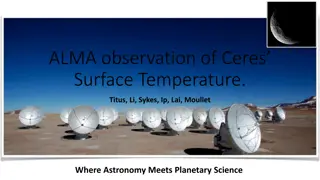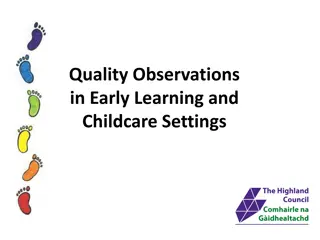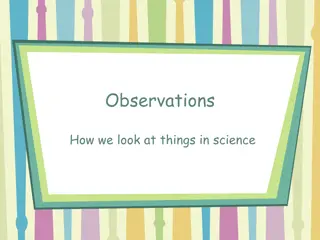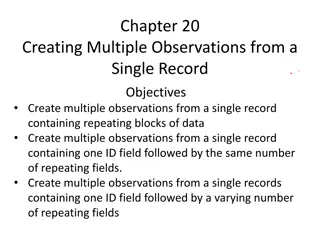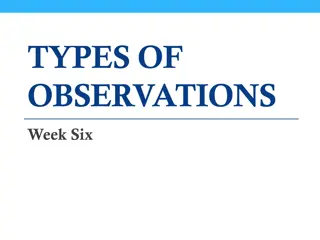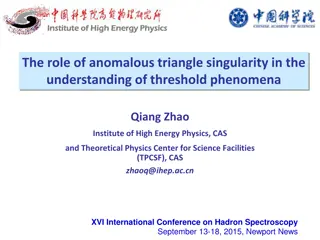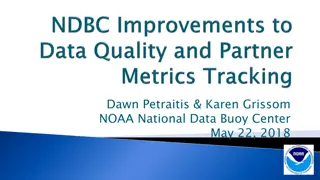Anomalous EEE Events During Multimessenger Observations
On Sept. 22, 2017, a high-energy neutrino event was observed by the IceCube Neutrino Observatory, potentially associated with a blazar. A search for anomalous EEE events during this period identified active telescopes and investigated coincident events. The significance of N-fold coincidences was discussed, highlighting the need for comparing observed events to random coincidences.
Uploaded on Sep 18, 2024 | 1 Views
Download Presentation

Please find below an Image/Link to download the presentation.
The content on the website is provided AS IS for your information and personal use only. It may not be sold, licensed, or shared on other websites without obtaining consent from the author.If you encounter any issues during the download, it is possible that the publisher has removed the file from their server.
You are allowed to download the files provided on this website for personal or commercial use, subject to the condition that they are used lawfully. All files are the property of their respective owners.
The content on the website is provided AS IS for your information and personal use only. It may not be sold, licensed, or shared on other websites without obtaining consent from the author.
E N D
Presentation Transcript
Search for anomalous EEE events during the multimessenger observations of Sept.22, 2017 _____________________________ F.Riggi EEE Meeting, Sept. 12th, 2018
On Sept. 22, 2017 at 20:54:30,43 UTC time a high energy (290 TeV) neutrino event was observed by the IceCube km3 neutrino Observatory This event is important, since the source of high energy neutrinos (apart from the SN1987a supernova) is still unknown The arrival direction of this event was consistent with the known position of a - ray blazar in an active state. Blazar (Blazing Quasi Stellar Object) = sorgente molto energetica, associata ad un buco nero supermassivo al centro di una galassia ospitante A multiwavelength observations campaign was carried out just after this event by several Collaborations (from ground and from space), searching for -rays associated to this source. As a result, an association between high energy neutrino emission with a blazar emitting -rays was found, suggesting that blazar jets may be an important source of very high energy cosmic rays. The IceCube Collaboration et al., Science 361, 146 (2018) 13 July 2018
What What about ___________________________ ___________________________ about EEE? EEE? First of all: was the EEE network active in that period? A first survey for EEE telescopes working on Sept.22, 2017 gave a number of 18 potentially active sites on that day. A more careful investigation on the data quality of the telescopes properly working around the time of the event reduced this number to 12: AREZ-01 BOLO-03 CATA-01 FRAS-02 GROS-01 GROS-02 PISA-01 SALE-01 SALE-02 TORI-01 TORI-03 TORI-04
What What to ___________________________ ___________________________ to search search for? for? Considering the availability of diifferent active telescopes in that period, in this analysis a search for coincident events between several EEE telescopes was carried out. A coincidence time window of 5 ms between different telescopes was used, compatible with the max geometrical distances between EEE sites. A time window of (-20 s, + 20 s) with respect to the neutrino event observed by IceCube was considered at the moment (see later for a discussion on this point).
The The significance significance of a N ___________________________ ___________________________ of a N- -fold fold coincidence coincidence Possible events of interest must be always compared with the expectation of random coincidences. Assuming roughly the same individual rate from each telescope (R_single), for a N-fold coincidence the spurious rate is given by R_spurious ~ N (R_single)Nx t N-1 Examples: N = 2 R_spurious ~ 2 R2 t N = 3 R_spurious ~ 3 R3 t2 Assuming N=2, R_single= 20 Hz, t= 5 ms, R_spurious= 4 Hz This means that no significance may be associated to a simple coincidence between two telescopes within this large time window. What about a coincidence between many telescopes (i.e. large N)?
The The significance significance of a N ___________________________ ___________________________ of a N- -fold fold coincidence coincidence
The The significance significance of a N ___________________________ ___________________________ of a N- -fold fold coincidence coincidence For instance observing a coincidence between 7 EEE telescopes is significant? The spurious rate would be ~ 10-4 Hz
The The significance significance of a N ___________________________ ___________________________ of a N- -fold fold coincidence coincidence But there is something more to consider If we had only 7 telescopes, the expected spurious rate is really 10-4 Hz But if we have 12 telescopes, how many combinations of 7 telescopes (out of 12) can we build? In general, with N telescopes how many k-fold coincidences may be observed? The answer is: For instance, for k=2 , the number of pairs is P = N x (N-1)/2 If N = 12 and k=2 P = (12 x 11)/2 = 66 possible 2-fold coincidences
The The significance significance of a N ___________________________ ___________________________ of a N- -fold fold coincidence coincidence In general, the number of possible combinations of k elements (for a given N) increases with k, up to its limiting value k=N/2, then decreases again. For N=12 and k=7: 792 combinations!
The The significance significance of a N ___________________________ ___________________________ of a N- -fold fold coincidence coincidence Then, the true expected spurious rate is given by the product between the spurious rate for a specific combination and the number of combinations. Example: For N=12, k=7 Spurious rate for a specific combination ~10-4 Hz Number of combinations: 792 Expected actual rate of spurious 7-fold coincidences ~ 0.1 Hz This means that roughly every 10 seconds we have a coincident event between 7 out of 12 EEE running telescopes in a 5 ms window, so there is no surprise to have so many EEE telescopes responding at the same time!
Look for Look for larger ___________________________ ___________________________ larger k k- -fold fold coincidence coincidence events events? ? Is there any possibility to search for larger k-fold coincidences? Limiting case: N=12 k=12 Number of combinations = 1 Spurious rate ~ 2.4 10-9 Hz
Look for Look for larger ___________________________ ___________________________ larger k k- -fold fold coincidence coincidence events events? ? Number of combinations Overall spurious rate Spurious rate for a specific combination
Realistic Realistic range ___________________________ ___________________________ range to reduce the to reduce the spurious spurious rate rate Number of combinations Overall spurious rate Spurious rate for a specific combination
Experimental Experimental search ___________________________ ___________________________ search over the EEE over the EEE events events - Consider a time window of 20 s around the expected event of interest - Scan 8000 bins (5-ms wide)
Experimental Experimental search ___________________________ ___________________________ search over the EEE over the EEE events events 3 bins with 9 events Several 5 ms-bins with 8 events
Experimental Experimental search ___________________________ ___________________________ search over the EEE over the EEE events events - Since the average rate from individual telescopes is 20-30 Hz (1 event every 40-50 ms), there is a non-negligible chance to have 2 events in the same bin from a single telescope. - Count only events belonging to different telescopes
Experimental Experimental search ___________________________ ___________________________ search over the EEE over the EEE events events: : only only 1 1 event event/ /telescope telescope Events involving 8 different telescopes: 2 (0.32 expected) Events involving 9 different telescopes: : 0 (0.01 expected)
Experimental Experimental search ___________________________ ___________________________ search over the EEE over the EEE events events: : only only 1 1 event event/ /telescope telescope 250 ms
When When to ___________________________ ___________________________ to search search for? for? The time window for joint searches between Gravitational Wave transients (GW), High Energy Neutrinos (HEN) and Gamma Ray Burst (GRB) has been investigated considering the duration of the various emission mechanisms. (B.Baret et al., Astroparticle Physics 35(2011)1) Results from this analysis give roughly these windows: tHEN - tGW = (-500 s , + 500 s) tGW - tGRB ~ tHEN - tGRB = (-350 s, + 150 s) Possible extension to a large time interval?
Summary Summary ___________________________ ___________________________ A search for coincidence events involving several EEE telescopes in a time window around the observed multi-messenger event carried out Data are in agreement with statistical expectations A larger time window could be exploited in the future for this specific class of events Search for multi-telescope events in EEE may become a new point of interest even in normal data taking periods. This will require however more sophisticated processing tools to scan periods of several years in small time windows.
